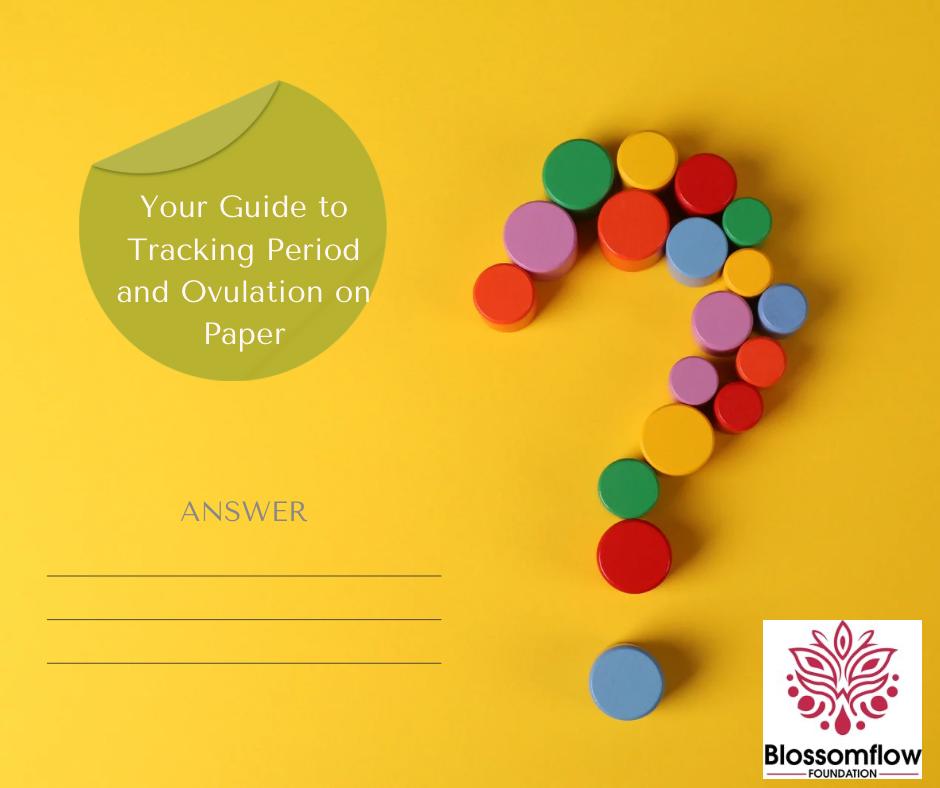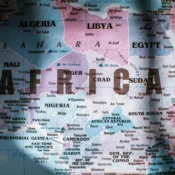
Your Guide to Tracking Period and Ovulation on Paper
Tracking period and ovulation on paper is a great way to understand your cycle, plan around it, and get in tune with your body’s patterns. If you’ve ever had questions about how to start tracking period and ovulation on paper, when to count the first day of your period, or what’s considered a “normal” delay, you’re not alone! Here, we’ll answer some of the most common questions about tracking periods and ovulation.
Q1: How can I get started with tracking period and ovulation on paper?
Tracking period and ovulation on paper is simple and effective. Here’s a step-by-step guide to get you started:
- Choose a Calendar or Notebook: You can use a calendar, a notebook, or a period tracking book if you want more space for details.
- Mark the First Day of Your Period: Each month, note the first day your period starts. This is called “Day 1” of your cycle.
- Track Each Day of Your Period: Mark each day of bleeding on your calendar while tracking period and ovulation on paper, along with symptoms like cramps, low energy, or cravings.
- Record Ovulation Days: Ovulation usually happens about 14 days before your next period. If you have a 28-day cycle, ovulation would likely be around Day 14. Look out for signs like a slight rise in body temperature, mild cramps, or changes in cervical mucus (it often becomes clear and stretchy).
- Repeat Each Month: Track each month to see if you notice patterns. Over time, you may get a better sense of when you’re likely to ovulate and how long your cycle tends to be.
Extra Tip: Use symbols or color codes! For example, when tracking period and ovulation on paper, circle period days in red, ovulation days in blue, and use icons to track symptoms or moods.
Q2: What is considered the first day of your period?
- The first day of your period is the first day you see regular bleeding (not just spotting), which is crucial when tracking period and ovulation on paper. This is known as “Day 1” of your menstrual cycle. Spotting before your period doesn’t count—only start counting when the bleeding is consistent.
- Knowing your true Day 1 is important for tracking because it helps you accurately predict the length of your cycle and estimate ovulation.
Q3: What day do you start counting for your next period?
- You start counting for your next period on Day 1 of your current period. So, if your period starts on November 1st, you would count that as Day 1. The first day of your next period (when regular bleeding starts again) would then be your new Day 1, starting a fresh cycle.
- Keeping track of each Day 1 will help you see how many days are in your cycle. For example, if you start on November 1st and your next Day 1 is November 29th, you have a 28-day cycle.
Q4: What is the maximum delay in periods if not pregnant?
- A “normal” delay can vary from person to person, but generally, a cycle of up to 35 days is considered normal. If you’re not pregnant and your period is more than a week late (e.g., beyond a 35-day cycle), it might be a sign to look into possible reasons for the delay.
- Common causes for a delayed period can include stress, changes in weight, illness, changes in exercise habits, or hormonal imbalances. If you notice your period is frequently delayed or irregular, it’s a good idea to consult with a healthcare provider.
Summary
Tracking your period and ovulation on paper is a simple yet powerful way to understand your body’s natural rhythms. By recording your Day 1 each month, noting symptoms, and estimating ovulation days, you can take control of your menstrual health. With consistent tracking, you’ll gain insights into your cycle, helping you spot patterns and plan ahead with confidence!
For more information, visit our Blog Section at Blossomflow foundation.
All Categories
Recent Posts
When Your Period Hits Hard: Menstrual Cramps Self-Care
True Stories of Period Poverty From Africa
Tags
Give them a helping hand
Every donation fuels our mission to combat period poverty. Your generosity brings us closer to menstrual equity.
+234-909-482-1642
inquiries@blossomflow.org




